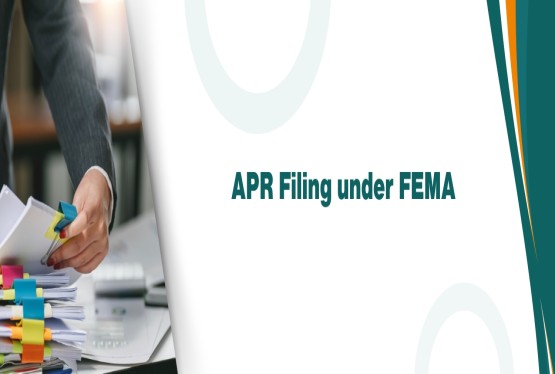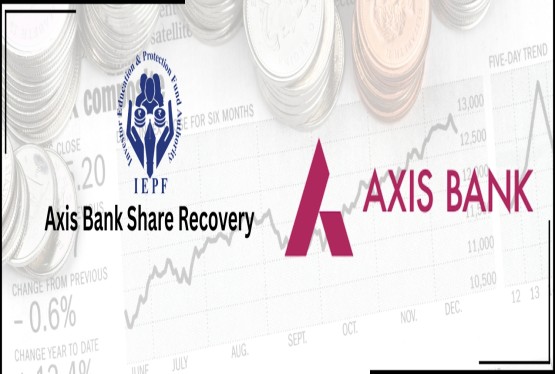Non-Banking Financial Companies – Microfinance Institutions (NBFC-MFIs) play a important role in promoting financial inclusion by providing access to credit and other financial services to economically marginalized and low-income populations, particularly in rural and semi-urban areas. Given their growing importance in India’s economic and social development, the Reserve Bank of India (RBI) has laid down a complete regulatory framework to govern the registration, operation, governance, and supervision of NBFC-MFIs. This framework seeks to ensure financial stability, consumer protection, and orderly growth of the microfinance sector.
Definition and Scope of NBFC-MFI
Under the regulatory framework, an NBFC-MFI is defined as a non-deposit taking non-banking financial company which has not less than 85% of its net assets in the nature of qualifying assets. Qualifying assets are loans granted to borrowers who meet specific income criteria and use the funds primarily for income-generating activities. These loans are subject to certain conditions, such as being unsecured and having a cap on the amount extended to each borrower. The RBI distinguishes NBFC-MFIs from other types of NBFCs based on their business model, target clientele, and asset composition.
The core objective of NBFC-MFIs is to facilitate inclusive financial access to low-income households by extending small-ticket loans. These loans often serve critical needs like funding small businesses, agricultural activities, or emergency expenditures. Unlike traditional commercial banks, NBFC-MFIs tend to have more flexible operational models that allow them to reach remote and underserved populations efficiently.
Registration Requirements
The registration of an NBFC-MFI is governed by the Reserve Bank of India Act, 1934 and the Companies Act, 2013. A company seeking registration as an NBFC-MFI must first be incorporated as a private or public limited company under the Companies Act. The entity must then apply to the RBI for a Certificate of Registration (COR) specifically as an NBFC-MFI. One of the primary conditions for registration is the maintenance of a minimum Net Owned Fund (NOF).
As per the revised guidelines issued under the Scale-Based Regulation (SBR) framework, the minimum NOF requirement for NBFC-MFIs has been increased to Rs.10 crore for companies operating in India, and Rs.2 crore for those based in the North-Eastern Region. This requirement aims to ensure that only entities with adequate financial strength and long-term viability can operate in the sensitive microfinance sector. The applicant company must also submit detailed documentation including its Memorandum and Articles of Association, board resolutions, financial statements, auditor reports, and business plans along with the application for registration.
Prudential Norms and Capital Adequacy
NBFC-MFIs are subject to a set of prudential norms aimed at preserving financial soundness and reducing systemic risks. These include capital adequacy requirements, asset classification and provisioning norms, and exposure limits. The capital-to-risk weighted assets ratio (CRAR) must be maintained at a minimum of 15%, ensuring that NBFC-MFIs have a sufficient buffer to absorb potential losses.
In addition, the RBI requires NBFC-MFIs to maintain a Tier-I capital of at least 10% of their risk-weighted assets. The classification of assets into standard, substandard, doubtful, and loss categories must be done based on prescribed criteria, and appropriate provisioning should be made against non-performing assets (NPAs). The NPA recognition norm requires classification of an account as NPA if the loan remains overdue for more than 90 days.
These measures not only safeguard the solvency of the institutions but also in still confidence among lenders and investors regarding the stability and credibility of the sector.
Lending Guidelines and Fair Practices
-
To protect the interests of borrowers, especially vulnerable low-income customers, the RBI has put in place a strict code of conduct and lending guidelines for NBFC-MFIs. The guidelines mandate that loans must be unsecured and extended primarily for income-generating purposes. The total indebtedness of a borrower across all lenders must not exceed a certain limit, which is revised periodically by the RBI. Earlier, the cap was Rs.1.25 lakh, but it has now been rationalized based on the household income of the borrower.
-
NBFC-MFIs are required to cap the interest rates on loans and disclose all terms and conditions in a transparent manner. They must provide a loan card to the borrower, indicating the effective interest rate, tenure, instalment amount, and grievance redressal contact. Any form of coercive recovery practices is strictly prohibited, and the institutions are obligated to follow fair and ethical recovery mechanisms.
-
Further, the lending rate must be uniform across customer segments and should include processing fees, insurance charges, and other costs, so that borrowers have a clear understanding of the total cost of the loan.
Corporate Governance and Internal Control
-
The RBI has mandated that NBFC-MFIs establish strong corporate governance practices and internal control systems. The board of directors plays a pivotal role in shaping the institution’s policies, ensuring compliance with regulatory norms, and overseeing risk management. NBFC-MFIs must also implement robust systems for internal audits, compliance checks, and risk management.
-
The board must formulate policies related to credit, recovery, asset-liability management, and grievance redressal. It must ensure that there is adequate training for staff involved in loan disbursement and recovery so that they uphold ethical standards and customer-centric practices. Periodic board meetings and regular reporting of operational and financial performance are also part of the regulatory framework.
-
Additionally, NBFC-MFIs are required to appoint compliance officers and statutory auditors who must submit periodic reports to the RBI and the board.
Supervisory Oversight and Reporting
The RBI exercises supervisory oversight over NBFC-MFIs through off-site surveillance and on-site inspections. NBFC-MFIs are required to submit regular returns, such as the NBS-9 return, which provides details on assets, liabilities, income, and expenses. They must also file periodic statements on compliance with capital adequacy, exposure norms, and provisioning requirements.
The central bank uses these reports to monitor the performance, stability, and compliance level of NBFC-MFIs. Any deviation from prescribed norms or indication of financial distress triggers supervisory actions, which may include closer scrutiny, directives for corrective measures, or, in extreme cases, cancellation of registration.
To enhance transparency, NBFC-MFIs are also expected to disclose key operational and financial data on their websites and publish audited annual reports.
Impact of the Scale-Based Regulation Framework
In October 2021, the RBI introduced the Scale-Based Regulation (SBR) framework for NBFCs, including NBFC-MFIs. Under this framework, NBFCs are categorized into four layers—Base Layer, Middle Layer, Upper Layer, and Top Layer—based on size, complexity, and systemic importance. Most NBFC-MFIs fall under the Base Layer and are subject to simplified yet effective regulatory norms.
The SBR framework aims to align regulation with the scale of operations and associated risks of NBFCs. For NBFC-MFIs, it strengthens entry norms, governance standards, and consumer protection requirements. It also provides for a transition mechanism for NBFCs wishing to upscale or those being merged into larger financial groups.
Conclusion
The regulatory framework for NBFC-MFIs in India is designed to foster a robust, transparent, and inclusive microfinance ecosystem. Through rigorous registration requirements, prudential norms, ethical lending practices, and strong supervisory oversight, the RBI aims to ensure that NBFC-MFIs operate in a financially sound and socially responsible manner. As the demand for microfinance continues to grow, especially in underserved regions, a well-regulated NBFC-MFI sector is vital for empowering low-income communities and promoting sustainable economic development. By adhering to the regulatory guidelines, NBFC-MFIs not only mitigate risk but also build trust, credibility, and long-term resilience in the financial services.
FAQs
Q1. What is an NBFC-MFI?
Ans. An NBFC-MFI (Non-Banking Financial Company – Microfinance Institution) is a financial entity that provides microloans and financial services primarily to low-income and economically marginalized groups, especially in rural and semi-urban areas.
Q2. How is an NBFC-MFI different from a regular NBFC?
Ans. NBFC-MFIs focus mainly on microfinance services with at least 85% of their assets in qualifying microloans, whereas regular NBFCs may engage in broader financial activities.
Q3. What is the minimum capital requirement for NBFC-MFIs?
Ans. As per the RBI’s Scale-Based Regulation (SBR), the minimum Net Owned Fund (NOF) required is Rs.10 crore, and Rs.2 crore for institutions based in the North Eastern Region.
Q4. Who regulates NBFC-MFIs in India?
Ans. NBFC-MFIs are regulated by the Reserve Bank of India (RBI) under the Reserve Bank of India Act, 1934 and the guidelines issued from time to time.
Q5. What is meant by ‘qualifying assets’ for NBFC-MFIs?
Ans. Qualifying assets are loans that meet RBI’s criteria—unsecured loans given to borrowers with income below prescribed limits, primarily for income-generating activities.
Q6. Are NBFC-MFIs allowed to take deposits from the public?
Ans. No, NBFC-MFIs are non-deposit-taking entities and are not permitted to accept public deposits.
Q7. What kind of borrowers do NBFC-MFIs typically serve?
Ans. They serve low-income households, small entrepreneurs, and economically weaker sections in rural and semi-urban regions.
Q8. How does RBI ensure fair lending practices by NBFC-MFIs?
Ans. RBI mandates interest rate transparency, prohibits coercive recovery, and requires NBFC-MFIs to issue loan cards with all essential terms and borrower rights.
Q9. What is the significance of the Scale-Based Regulation (SBR) for NBFC-MFIs?
Ans. The SBR framework classifies NBFCs based on size and risk, and ensures proportionate regulation, thereby enhancing financial stability and consumer protection.
Q10. How can a company apply to become an NBFC-MFI?
Ans. A company must first incorporate under the Companies Act, meet capital requirements, and then apply to RBI with all prescribed documents for a Certificate of Registration.











































































_crop10_thumb.jpg)


































































_crop10_thumb.jpg)
_crop10_thumb.jpg)



_crop10_thumb.jpg)


_crop10_thumb.jpg)





_crop10_thumb.jpg)

_crop10_thumb.jpg)














-suratgujarat-section-158_crop10_thumb.jpg)
-suratgujarat_crop10_thumb.jpg)
-(33)_crop10_thumb.jpg)



-ahmedabad_crop10_thumb.jpg)
-learn_crop10_thumb.jpg)

-learnn_crop10_thumb.jpg)



























































_crop10_thumb.jpg)






















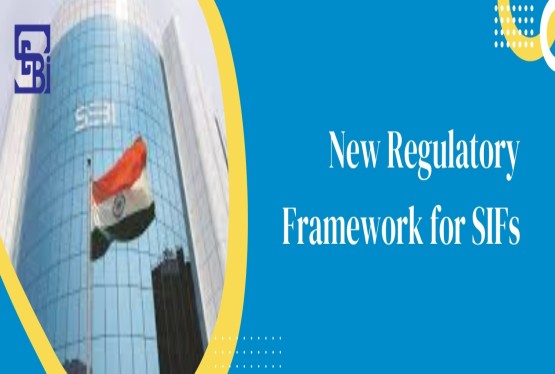
_Guidelines_learn_crop10_thumb.jpg)























_learn_crop10_thumb.jpg)
_crop10_thumb.jpeg)










_crop10_thumb.jpg)




_Second_Amendment_Rules,_2025_learn_crop10_thumb.jpg)







_learn_crop10_thumb.jpg)






























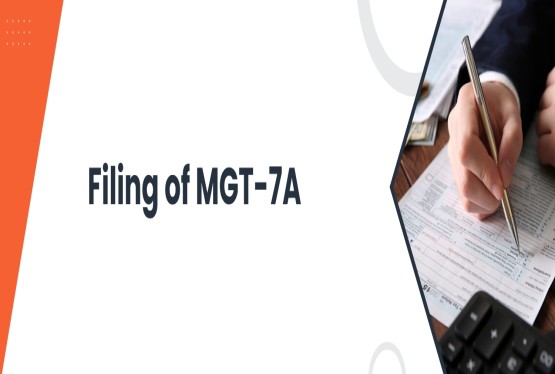

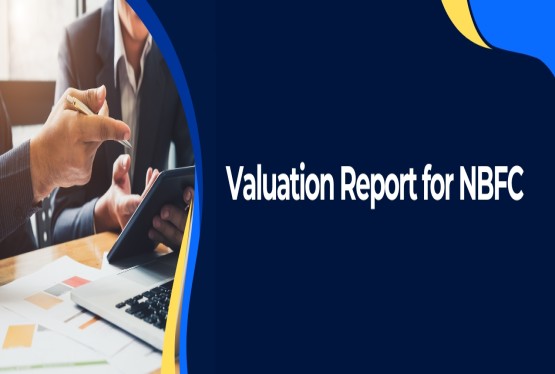










_learn_crop10_thumb.jpeg)

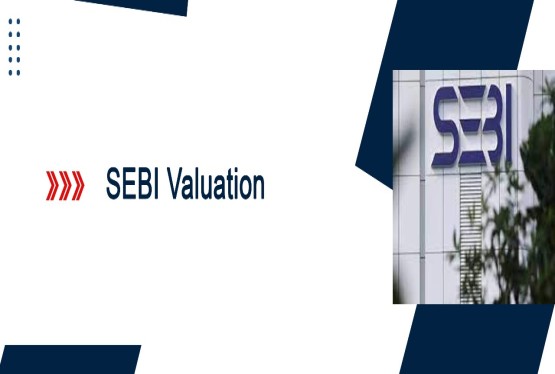







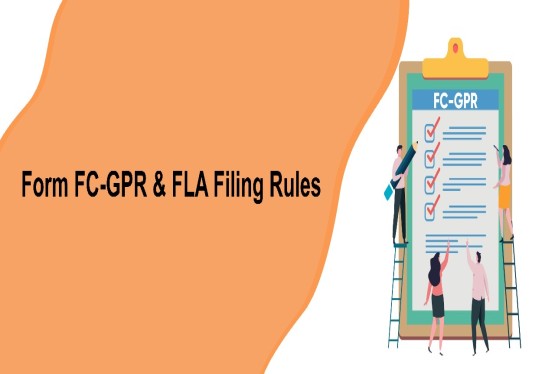



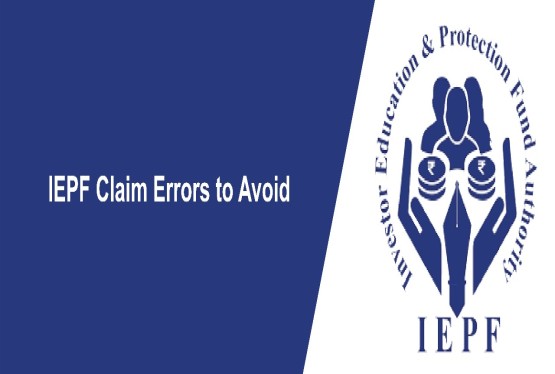


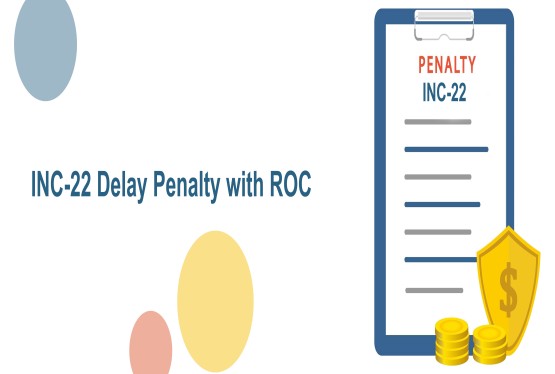
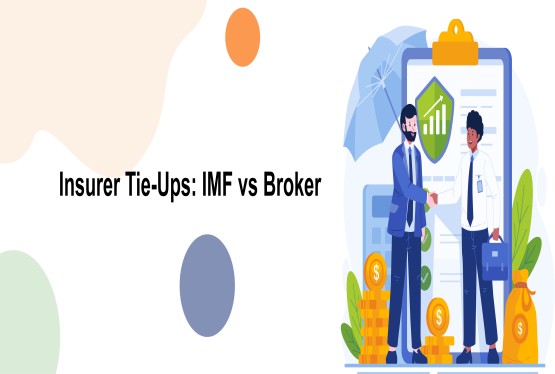

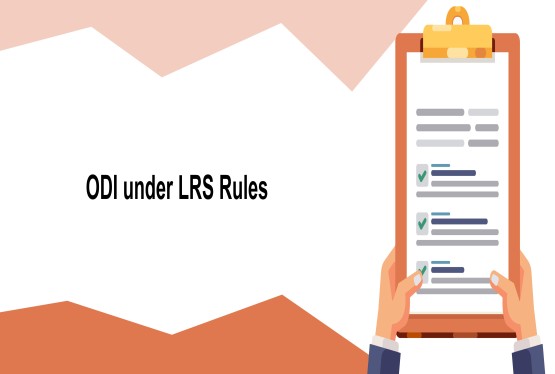
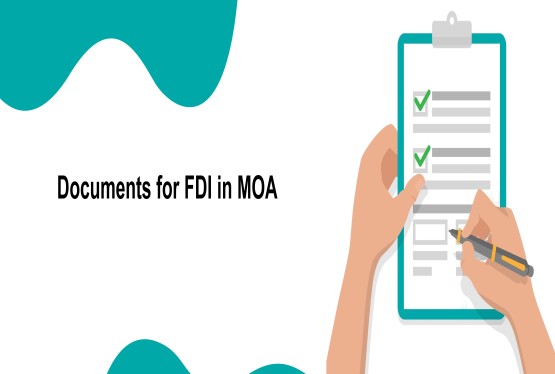


_learn_crop10_thumb.jpg)



_rd_roc_learn_crop10_thumb.jpg)




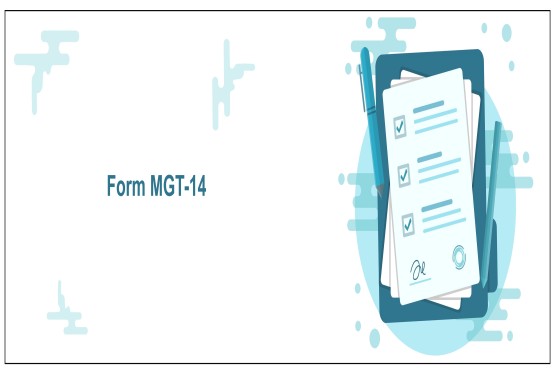
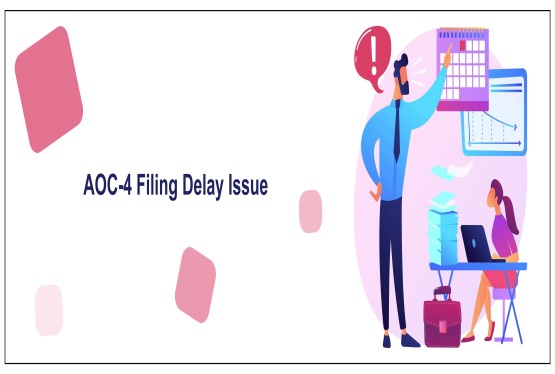
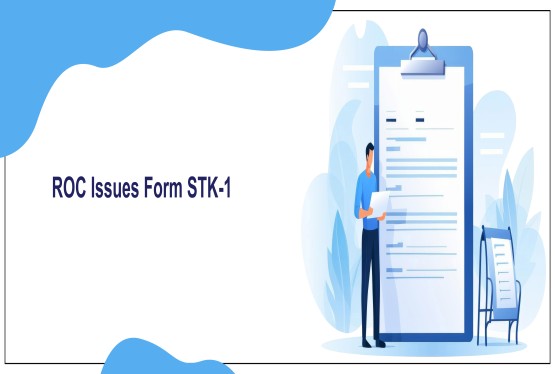








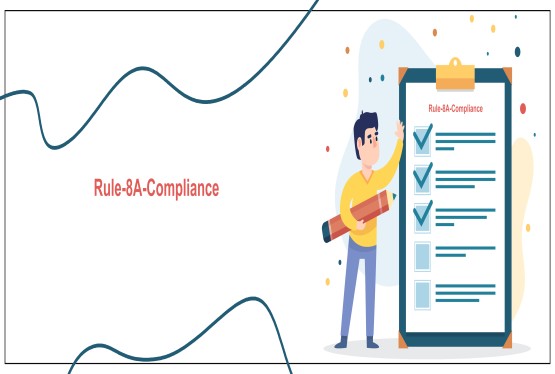
_learn_crop10_thumb.jpg)
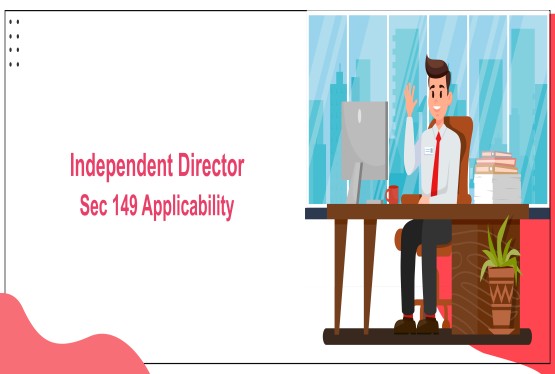
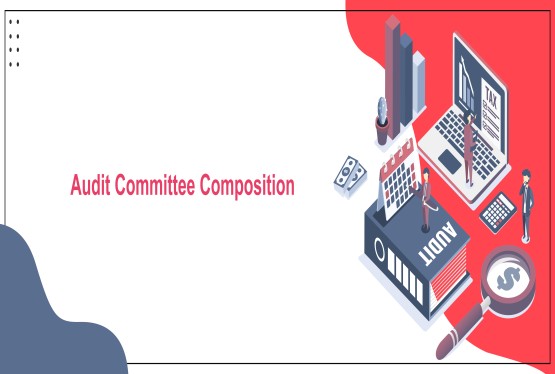
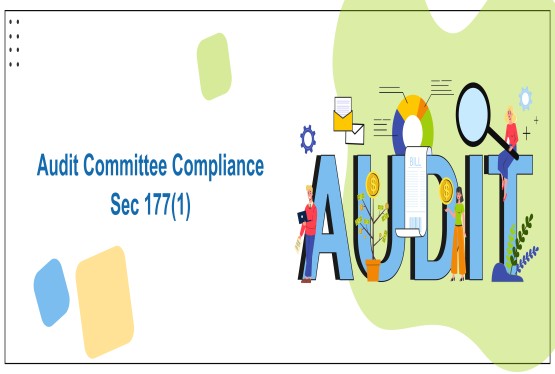



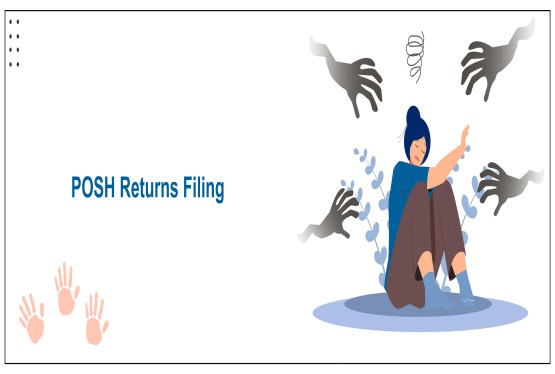
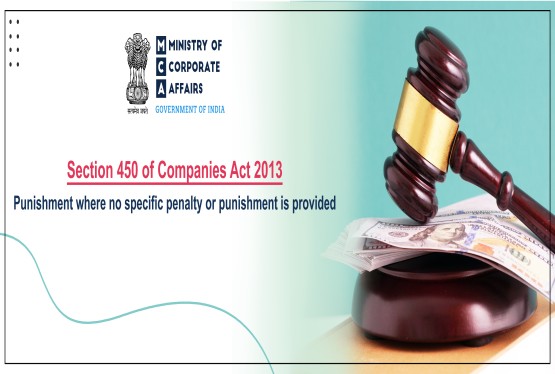

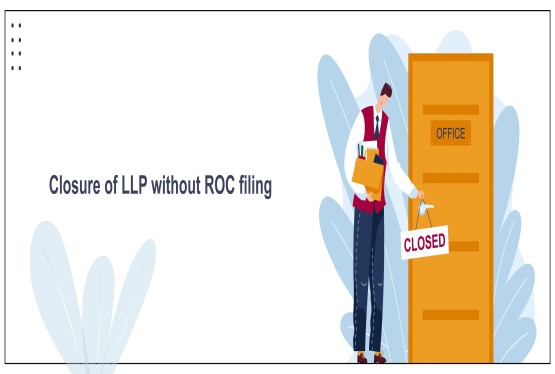
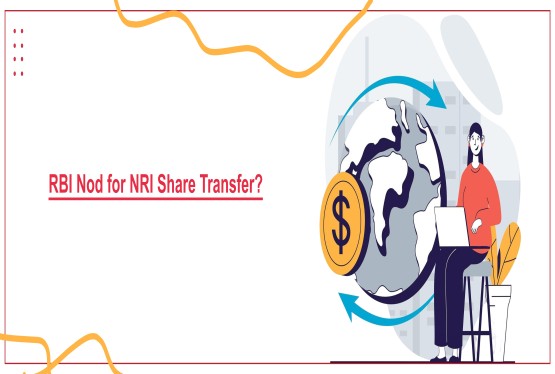

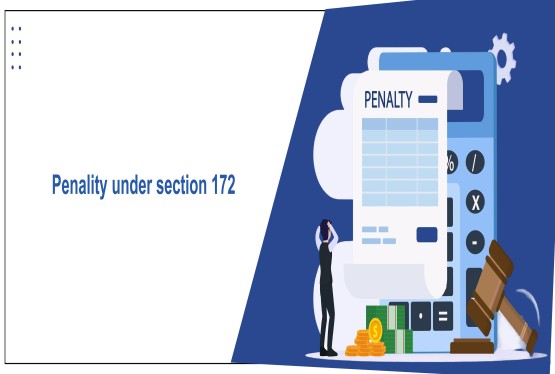

_learn_crop10_thumb.jpg)
_Learn_crop10_thumb.jpg)


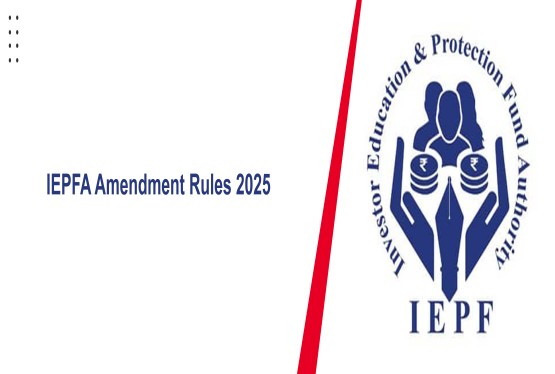







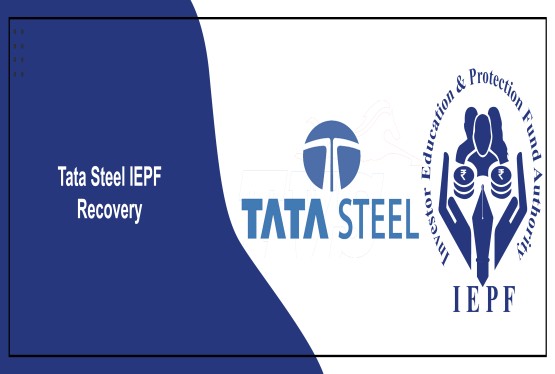
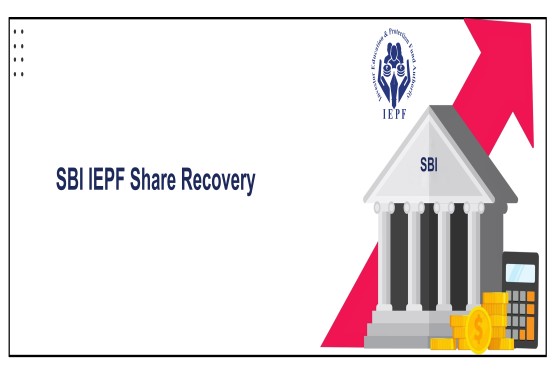
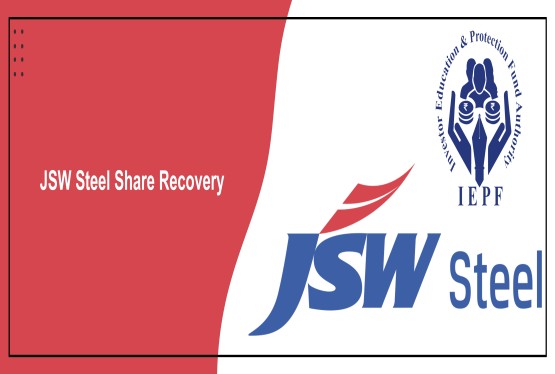


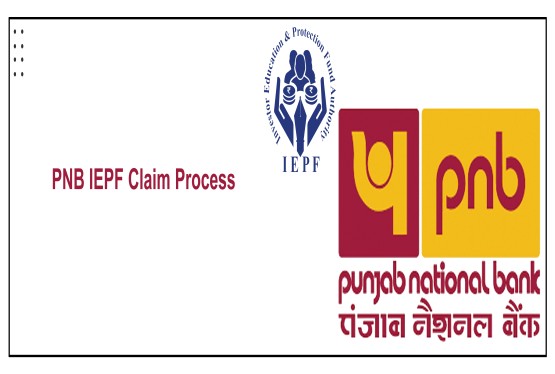





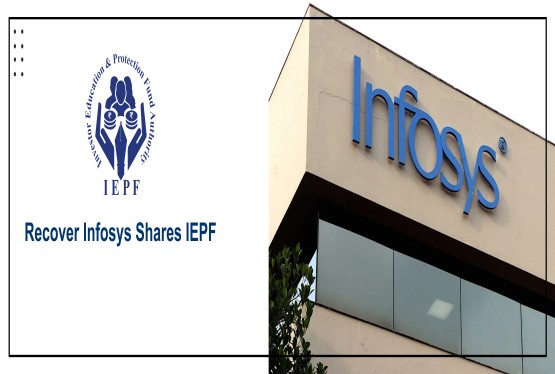


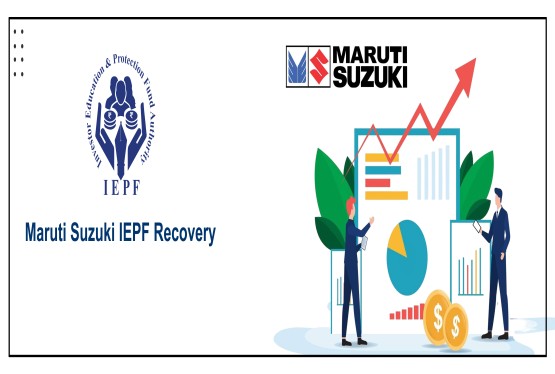


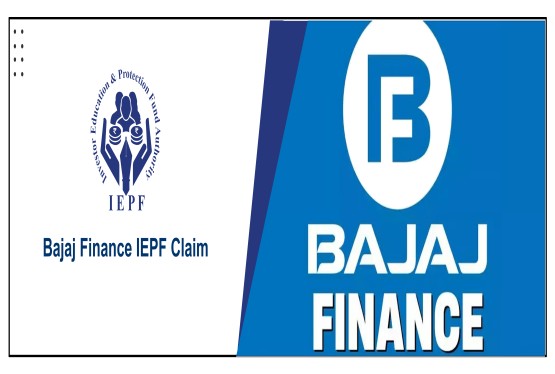
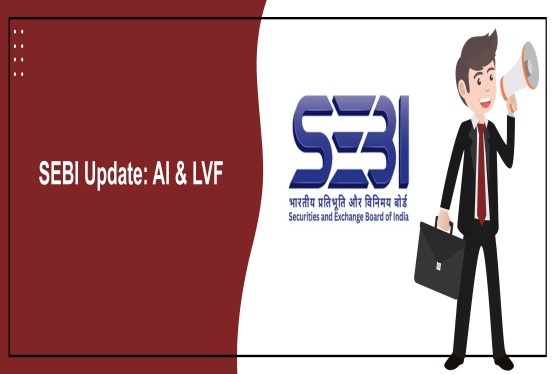




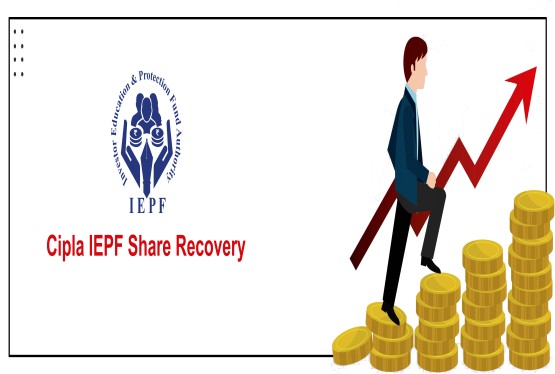

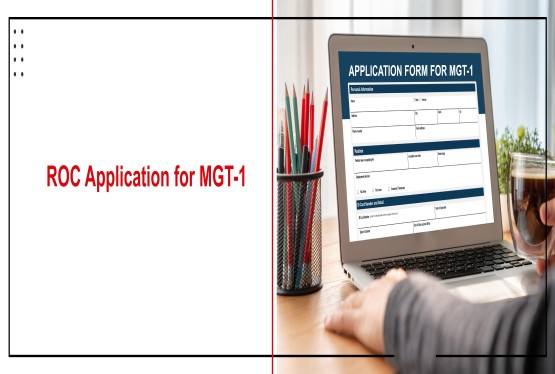




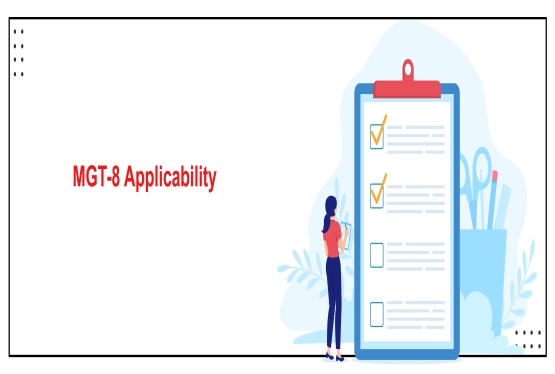


_learn_crop10_thumb.jpg)

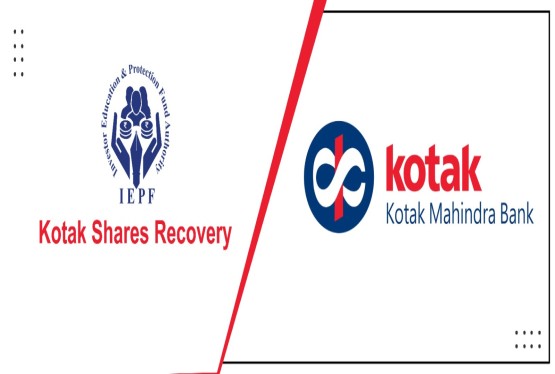
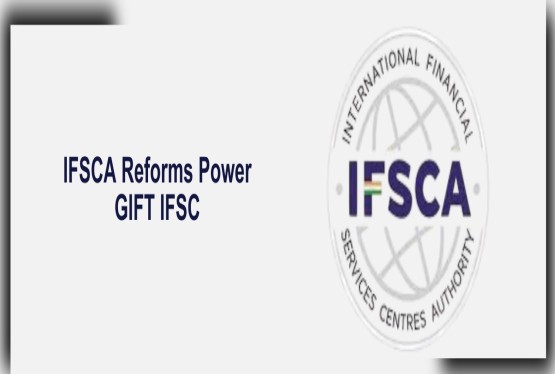

_learn_crop10_thumb.jpg)
